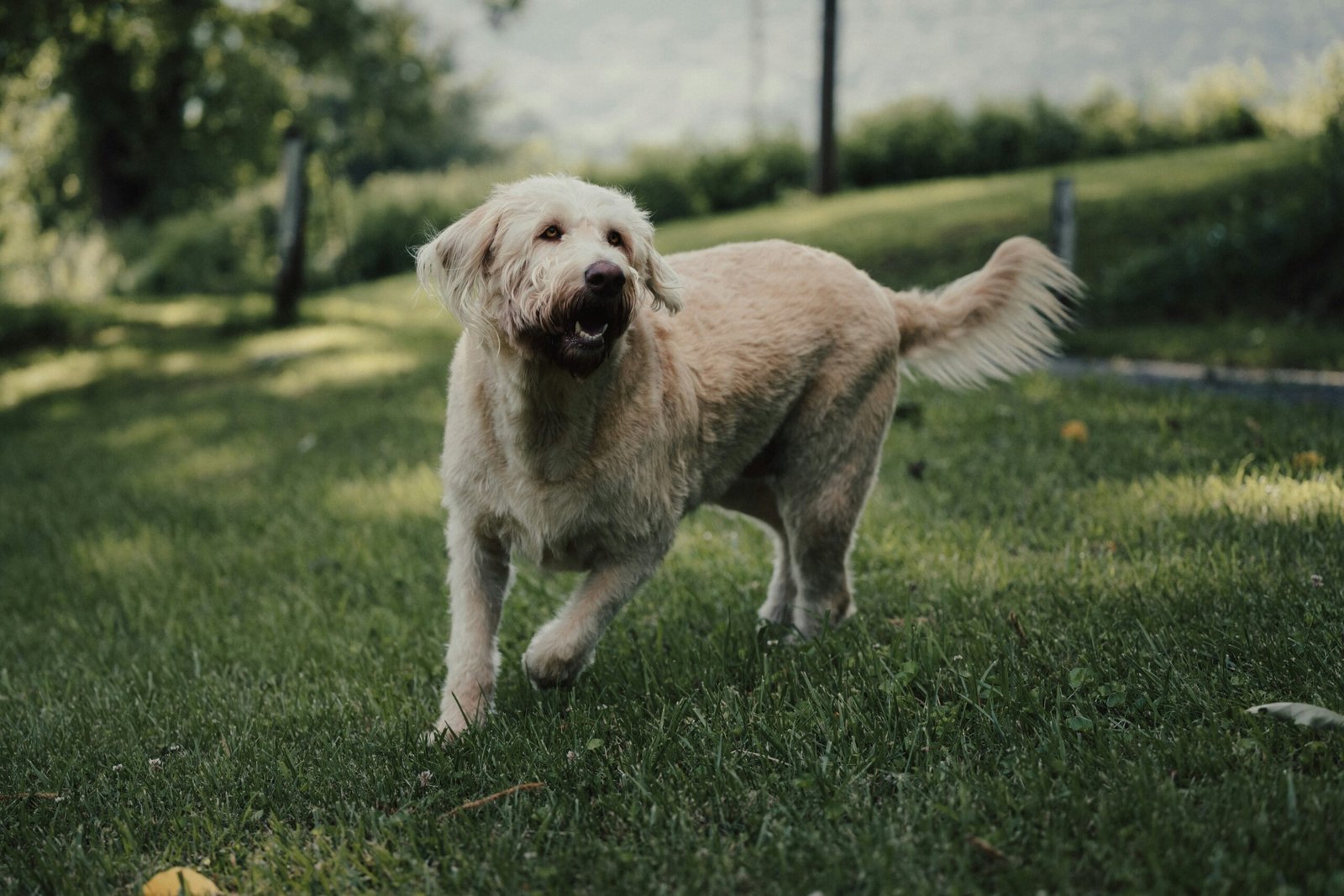For pet owners, the safety of their furry companions is a top priority. When dealing with a pest problem, the thought of using pesticides and other treatments can raise concerns about whether it’s safe for your pets. The good news is that modern pest control methods are designed with both effectiveness and safety in mind. Here’s what you need to know about keeping your pets safe during pest control treatments.
1. Choose Pet-Friendly Pest Control Solutions
Many pest control companies now offer pet-safe treatments, using products that are less toxic to animals. These eco-friendly solutions focus on eliminating pests while minimizing risks to pets and humans. Always check with your pest control provider to confirm that the products being used are non-toxic to pets and comply with safety regulations.
2. Follow Instructions Carefully
If you’re using any form of pesticide at home, it’s essential to follow the instructions carefully. Certain products may require you to keep pets out of treated areas until the product has dried or settled. Make sure to read labels and follow all safety guidelines to prevent accidental exposure. Even pet-friendly products may require precautions, such as ventilating the space or restricting access for a few hours.
3. Keep Pets Away During Treatment
During a professional pest control treatment, it’s a good idea to keep your pets in a separate room or outside the home, depending on the treatment being applied. This prevents them from coming into contact with any chemicals before they’ve had a chance to dry or dissipate. Your pest control technician can advise you on how long to wait before letting pets back into the treated areas.
4. Be Mindful of Bait and Traps
Pest control often involves setting bait stations or traps, which can be dangerous if curious pets get into them. Ensure that any bait is placed in areas inaccessible to pets, such as behind furniture or inside cabinets. Consider pet-safe traps that are enclosed or designed to prevent pets from accessing the bait inside.
5. Consult Your Veterinarian
If your pet has health issues or is particularly sensitive, consult your veterinarian before scheduling a pest control treatment. They may offer additional precautions to keep your pet safe or recommend treatments that pose the least risk. If your pet does accidentally come into contact with a pesticide, your vet will know the best course of action.
6. Maintain Regular Pest Prevention
One of the best ways to avoid needing frequent pest control treatments is by practicing regular pest prevention. Keeping your home clean, sealing entry points, and storing food properly can minimize the need for chemical treatments, reducing the risk to your pets. Prevention helps maintain a safe and healthy environment for both you and your pets.
Conclusion
Pest control can be done safely, even with pets in the home. By choosing pet-friendly solutions, following safety instructions, and taking necessary precautions, you can protect your pets while effectively dealing with pests. Communication with your pest control company and veterinarian ensures that your home remains safe and pest-free without compromising your pet’s well-being.

